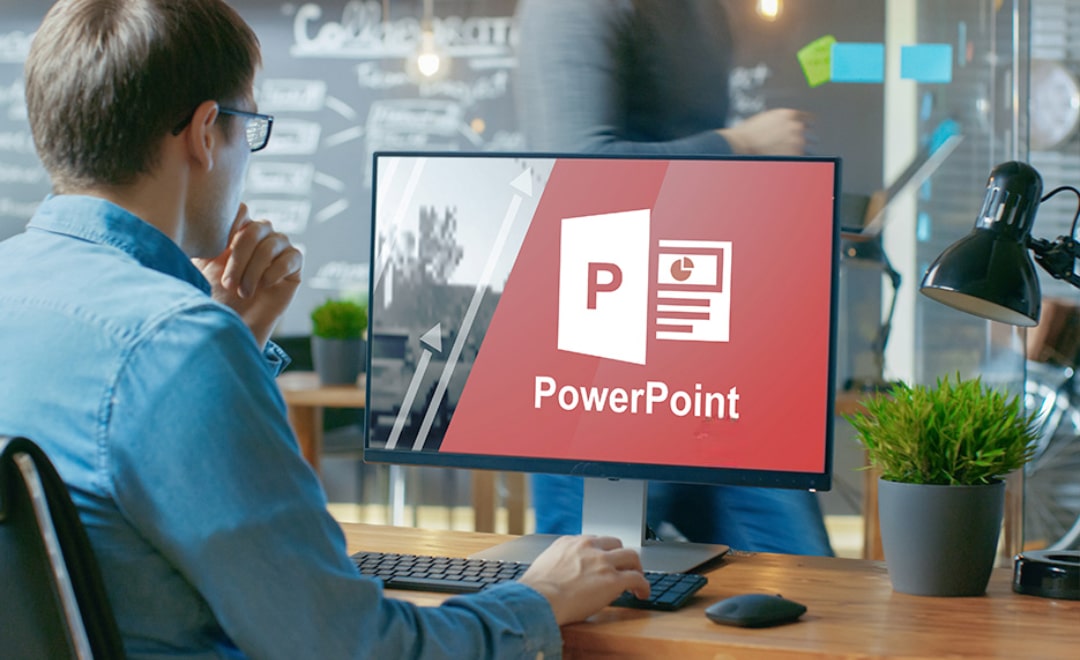Presentation styles have evolved rapidly, and today’s audiences expect clarity, creativity, and meaningful storytelling. Modern techniques now focus on design thinking, interactive structure, and visual logic, ensuring every slide feels purposeful and compelling. Strong visual strategy paired with effective delivery transforms communication. With the right approach, powerpoint training can turn even complex messages into engaging experiences.
This shift is driven by a desire to break away from text-heavy slides and monotonous delivery. Success lies in blending technology, creative thinking, and data-driven storytelling. Innovations allow presenters to deliver content that informs, persuades, and inspires, whether speaking in meetings, classrooms, or virtual events.
Story-First Design Thinking
The foundation of modern presentations is narrative flow. Instead of loading slides with bullet points, presenters now plan story structure before design. The focus shifts to what the audience needs to understand, feel, and take away.
A compelling introduction, logical progression, and strong conclusion encourage audience interest throughout the session. Visual cues, simple headlines, and supporting imagery make the narrative easier to follow. Storyboards help map the journey, keeping messages tight and centred on intent rather than decoration.
Immersive Visual Simplicity
Minimalism is now a powerful presentation tool. Fewer words, generous spacing, and clean layouts draw attention to the speaker’s voice. Modern slide layouts rely on:
- strong contrast
- consistent typography
- colour-coded themes
- strategic imagery or icons
This approach prevents distraction and boosts clarity. Abstract backgrounds, soft gradients, and subtle textures provide depth without overwhelming viewers. Every visual should serve a purpose, whether to highlight key ideas or shape emotional tone.
Smart Integration Of Data And Insights
Data has become essential in persuasive communication. The shift today is towards simplifying numbers so the audience understands the key point immediately. Dynamic charts, smart infographics, and interactive data visuals help break down complexity.
Instead of long tables, presenters use simple metrics, directional arrows, and trend visuals to guide understanding. Real-world examples and relatable comparisons support deeper comprehension. Well-placed callouts make information easier to retain.
Motion With Purpose
Movement has moved from novelty to necessity when used correctly. Gentle slide transitions, subtle animations, and progressive reveals maintain attention without distraction. The aim is to guide focus step-by-step rather than overwhelm with sudden effects.
Smooth motion helps emphasise sequences, explain processes, and reveal key facts gradually. It also supports storytelling by pacing delivery. The most effective designs use movement sparingly to add clarity, rhythm, and confidence to a presentation.
Interactive Experiences And Engagement
Modern presentations achieve higher impact by involving the audience. Engagement tools like live polls, quizzes, clickable paths, and scenario-based navigation build participation. Choosing slide paths based on reactions or questions helps tailor the experience in real-time.
This creates personalised experiences and keeps viewers emotionally invested. Even simple audience prompts like “what would you choose?” or “imagine this situation” encourage active thinking rather than passive listening.
Multimedia And Mixed-Format Content
Visual storytelling thrives when different media formats are blended thoughtfully. Short audio clips, brief screen captures, overlays, and illustrative graphics can strengthen credibility and variety. These elements complement the speaker, reinforcing key ideas through multiple sensory inputs.
However, balance is crucial. Too many effects or excessive multimedia can dilute the message. Each element should enhance meaning rather than compete with the presenter’s voice and narrative.
Human-Centric Communication
At the core of innovative presentation style is authenticity. Presenters today aim for natural delivery and relatable tone. Genuine interaction, supportive visuals, and conversational phrasing help build trust and reduce formality barriers.
Slides now act as assistants rather than scripts. Clear eye contact, controlled pace, and purposeful pauses improve connection. This shift reflects the broader professional trend towards transparency, empathy, and confidence in communication.
The Future Of Presentation Innovation
As visual communication evolves, so do expectations. Future innovations will revolve around immersive design, storytelling frameworks, and adaptive learning tools. Every presenter, regardless of skill level, can benefit from exploring creative workflows and experimenting with structure.
More than ever, success depends on clarity, audience-centric thinking, and creativity built on purpose. Presentations are no longer static files; they are dynamic environments designed to deliver emotion, knowledge, and engagement.
Modern PowerPoint presentation techniques empower professionals to deliver content with authority and impact. Through narrative-driven structure, visual minimalism, thoughtful motion, and interactive elements, audiences stay engaged and information lands effectively. With practice and a focus on modern design principles, any presenter can elevate their communication and achieve exceptional results.

